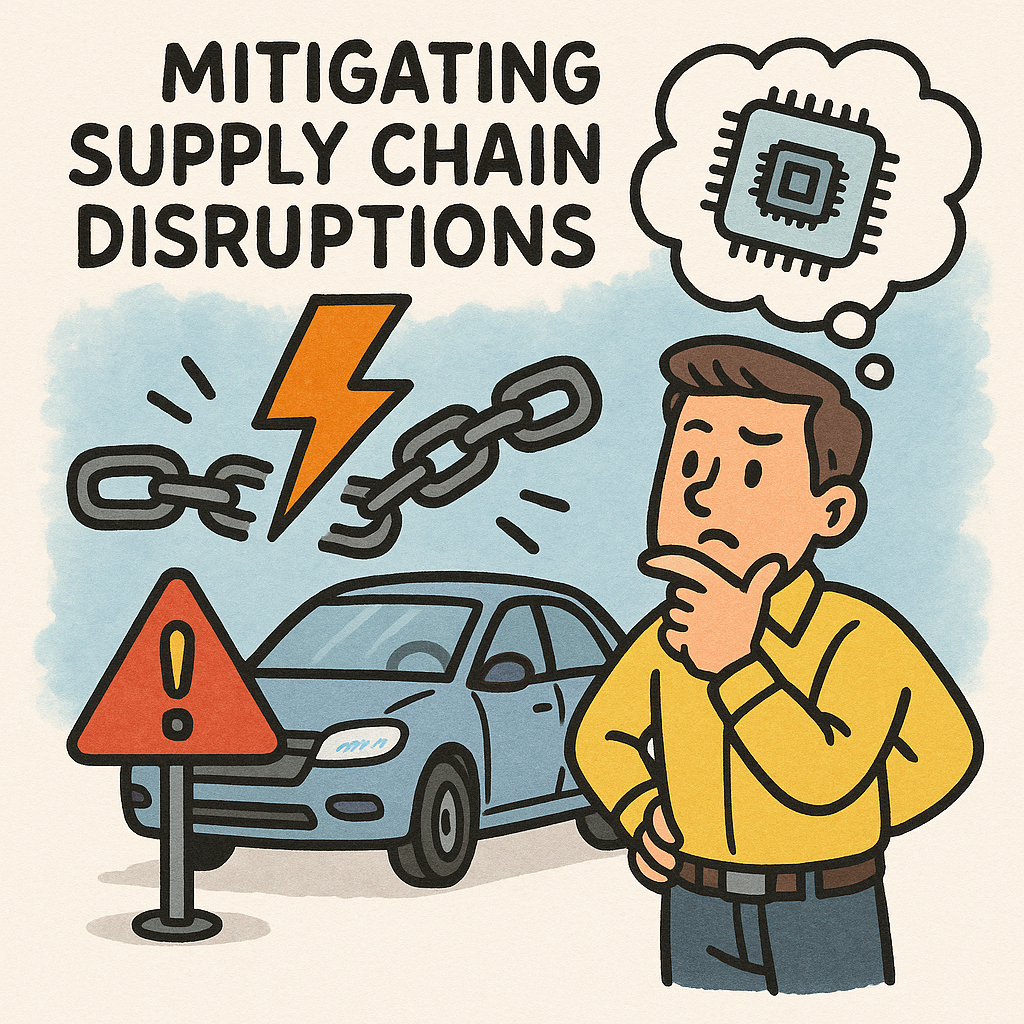Understanding the Impact of PCN/EOL Notices on Automotive Embedded Systems
The automotive industry is in a state of constant evolution, driven by technological advancements and the demand for increased efficiency. However, one of the significant hurdles faced by engineers in this sector is the disruption caused by Product Change Notifications (PCNs) and End of Life (EOL) notices from component manufacturers. These notifications can present unexpected challenges that not only affect the hardware but also the firmware and overall system performance.
The Hardware Challenge
When a component manufacturer issues a PCN or EOL notice, it may indicate changes in specifications, the introduction of new versions, or the discontinuation of a part. This can lead to a cascade of design challenges. For instance, consider a microcontroller that forms the heart of an automotive embedded system. If this microcontroller goes EOL, the immediate concern is sourcing a suitable replacement. The new component may have different electrical characteristics, pin configurations, or even software interfaces.
Engineers must assess the impact of these changes on the entire system architecture. Will the new microcontroller support the same peripherals? Can existing firmware be adapted easily, or will it require complete redevelopment? These questions are paramount, as they influence not only the development time and cost but also the reliability and safety of the vehicle.
Firmware Adaptation Strategies
Once a decision is made to transition to a new hardware component, the next step is to adapt the firmware. This task can be particularly daunting if the replacement part introduces architectural differences. One effective strategy is to implement a hardware abstraction layer (HAL). A HAL allows firmware developers to interact with the hardware through a standardized interface, making it easier to swap out components without extensive rewrites.
However, this approach is not without its trade-offs. A HAL can introduce overhead which may be unacceptable in resource-constrained environments typical in automotive applications. Therefore, engineers must carefully balance the need for flexibility against performance constraints. In some cases, a more aggressive approach may be warranted, such as writing custom drivers for the new hardware to ensure optimized performance.
Algorithmic Adjustments and Real-time Performance
In addition to hardware and firmware modifications, engineers must also consider the algorithms that drive embedded systems. Many automotive applications rely on real-time processing, where timing is critical. A change in hardware can lead to variations in processing speed and latency, necessitating algorithmic adjustments.
For example, an automotive control system may utilize PID controllers for stability. If the new microcontroller operates at a different clock frequency, the tuning parameters of these controllers may need recalibration to maintain performance. This requires a deep understanding of control theory and the specific dynamics of the vehicle system.
Design Trade-offs and Mitigation Strategies
To effectively mitigate the risks associated with PCN and EOL notifications, engineers must be proactive in their design approach. One effective strategy is to maintain a comprehensive component database that tracks lifecycle information, including PCN and EOL notices, across all critical components. This database can serve as an early warning system, allowing teams to anticipate changes and make informed decisions before a component becomes obsolete.
Another strategy involves establishing strong relationships with suppliers. Collaborating closely with component manufacturers can provide insights into upcoming changes, allowing engineers to plan for replacements well in advance. Additionally, utilizing alternative components that are drop-in replacements can ease transitions during PCN/EOL phases.
Embracing Modular Design
Employing a modular design philosophy can significantly enhance a system’s resilience to component changes. By designing systems with interchangeable modules, engineers can isolate the impact of a PCN or EOL notice to a single part of the system, reducing the overall risk. For instance, if a particular sensor goes EOL, its module can be replaced without necessitating a complete redesign of the entire embedded system.
Moreover, this modularity can extend to software as well, where individual software components can be replaced or updated independently, thus providing agility in response to hardware changes.
Conclusion: Navigating the Complex Landscape
Ultimately, the key to mitigating supply chain disruptions in automotive embedded systems lies in a blend of strategic planning, robust design practices, and agile development methodologies. As the automotive landscape continues to evolve, embracing these strategies will be critical for engineers striving to deliver reliable and innovative systems in the face of inevitable change.



